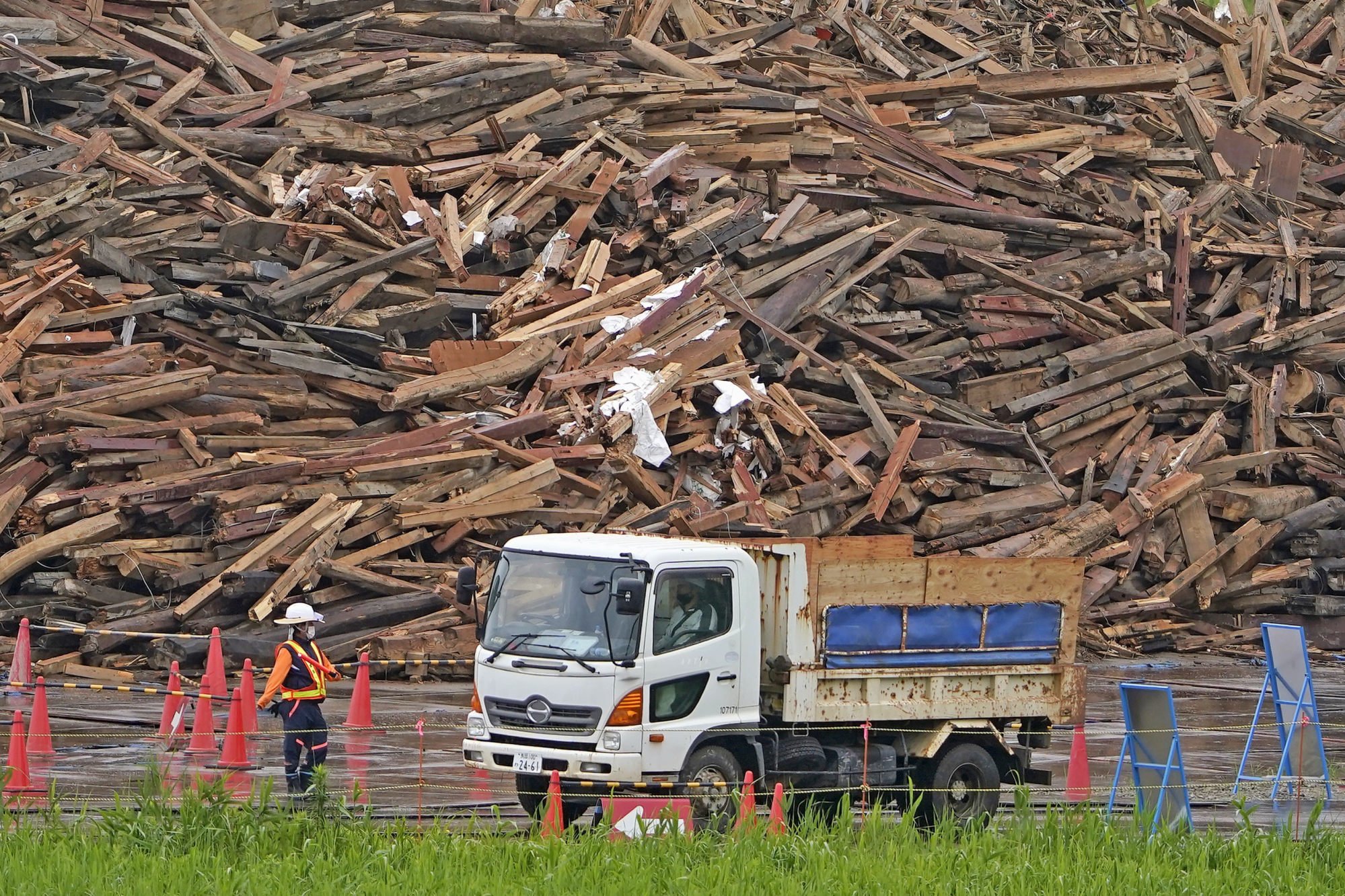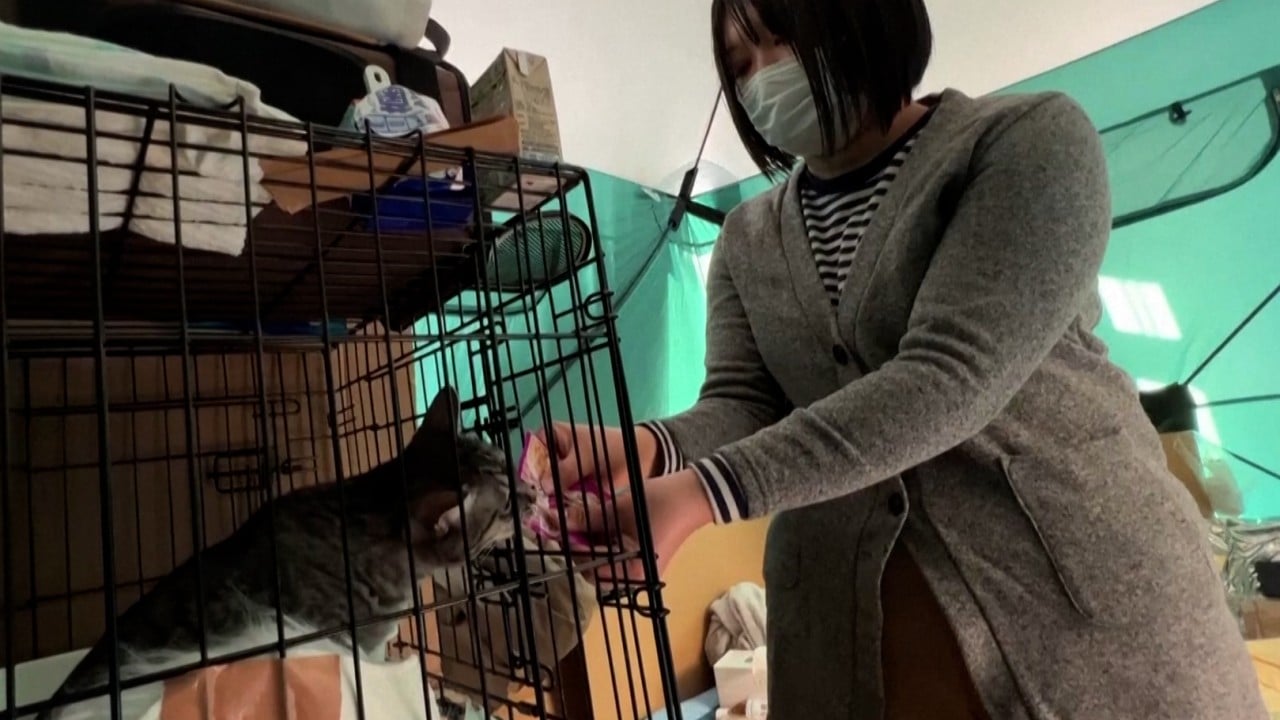Japan is planning to construct hospital ships that will be able to respond quickly to natural disasters in coastal areas, with one medical expert who volunteered in the aftermath of the January 1 earthquake that struck the Noto Peninsula saying such vessels would have been a “huge help”.
Prime Minister Fumio Kishida on Tuesday instructed ministers to draw up a draft plan for ships designed to operate as floating hospitals by the end of the year.
The decision to develop hospital ships is a direct result of the magnitude 7.6 New Year’s Day earthquake, which triggered a series of tsunamis that destroyed a number of communities on the peninsula, including the towns of Suzu, Wajima and Noto.
Authorities have confirmed 281 fatalities and three people are still listed as missing. A further 1,300 people sustained injuries across six prefectures in the most powerful earthquake since the March 2011 tremor off northeast Japan.
“In our country, surrounded by the sea, there are situations in which approaching disaster areas from the sea and providing medical care are effective,” national broadcasters quoted Kishida as saying.
A government task force is considering utilising car ferries for emergency relief efforts until specialist ships can be commissioned.

The specifications of the new vessels have not been agreed upon but military and civilian hospital ships used by other nations are typically equipped with helicopter landing pads, docking areas where tenders can transfer patients, operating rooms, intensive-care facilities, dental services, laboratories, pharmacies and a morgue.
The Mercy Ships charity operates two hospital vessels, the MV Global Mercy and the MV Africa Mercy, while Spain also has two dedicated hospital ships. Elsewhere, the militaries of the United States, Vietnam, Russia, Peru, Myanmar, Indonesia, China, and Brazil have vessels that can be used to respond to natural disasters.
Yoko Tsukamoto, a professor of infection control at the Health Sciences University of Hokkaido, volunteered to help treat survivors of the Noto disaster in January.
“To have had a boat anchored offshore that was able to treat all the injured people would have been a huge help,” she told This Week in Asia.
“There is really only one main road into the peninsula, and it was badly damaged in the earthquake and most of the bridges collapsed,” she said. “It took a long time for medical and recovery teams to reach the areas worst affected.
“The military and coastguard were trying to fly emergency equipment and everything else that was needed into the area, but runways were also damaged, so it was dangerous.”
The added strain on aircrew may also have been a contributing factor to the crash at Tokyo’s Haneda airport on January 2, when a Japan Airlines passenger jet collided with a Japan Coast Guard transport aircraft that had accidentally strayed onto the runway. The JAL jet erupted in flames, although the 379 crew and passengers were all able to evacuate safely. The five crew of the coastguard aircraft were killed.
“A large ship may not be able to dock at a small port, especially if it has been damaged in a quake, but even if it has to anchor a short distance off the coast it should be easy to transport people who need treatment by helicopter or small boat,” Tsukamoto said.
“When I was there, hospitals and clinics were all badly damaged or destroyed, so a lot of people had to wait for treatment, and it was very cold at the time,” she added.
“A fully equipped hospital ship would have been a huge help, and I am sure it would have been welcomed after the 2011 Tohoku earthquake.”



